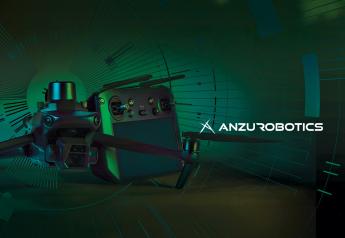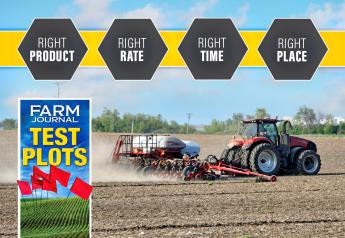13 Tips for Post Season Irrigation Maintenance

Crops don’t wait for irrigation, and now means now when it’s time to water. Detailed end-of-season irrigation maintenance goes a long way in preventing problems and accidents the following crop year during crunch time. Before the grip of winter sets in, checks and repairs are vital.
“A good list of needed repairs and a plan for tackling those repairs prevent in-season system breakdowns,” says Lyndon Kelley, irrigation educator at Michigan State University and Purdue University Extension. “It’s a bottom-line savings of time and money. Flip-over accidents consistently happen, but the causes can be caught early and fixed.”
Post-season irrigation maintenance is particularly important in areas where freezing temperatures occur. “Draining is the easiest thing to do, but failure to drain can become the most expensive repair,” says Jonathan Aguilar, water resources engineer at Kansas State University.
Irrigation experience plays into pivot maintenance, particularly in Michigan. Roughly 20% of Michigan producers are relatively new irrigation users (within the past decade) and don’t have experience with the causes and consequences of flip-overs or microswitch failures.
Kelley advises farmers to hire a company to inspections. “They can pick out potential problems quickly, and they know to look for the small things that catch up with you when corn is head-high.”
Kelley also recommends farmers should take advantage when irrigation companies offer incentives with lower pricing or labor costs for fall checkups or a winterization plan. If a workhorse pivot requires too many repairs, Kelley says growers might consider breaking down the machine and retiring it to smaller fields or dry corners. Fall months also can be an optimal time to buy new equipment due to larger rebates or price modifiers.
“A lot of fall irrigation maintenance deals with preparation for what’s coming,” Kelley concludes. “If you wait until spring, it’s too late for anything but patchwork.”
13 Tips to Tackle Repairs and Improvements
To focus end-of-season irrigation maintenance efforts, use this checklist from Lyndon Kelley, Extension irrigation educator.
- With the pivot in motion, listen to each tower drive system for gearbox issues.
- Check tires. Inspect wheels for loose bolts and wear.
- Listen to the traveler drive system at the points of greatest stress (beginning of run for hard hose; end of run for soft hose) to find weakness.
- Turn on water and note all leaks and worn sprinklers.
- Check pressure gauge. A working gauge should hit zero when pressure is relieved and fluctuate when end gun or sprinklers are on.
- Note gauge pressures from regular season and compare findings with end-of-season performance.
- Use a flow meter to measure output to ensure flow matches system design.
- Compare application chart with actual application.
- Test all irrigation controls.
- Check barricade stops for structure integrity.
- Take advantage of yield maps to improve irrigation design, maintenance and management.
- Compare irrigated and non-irrigated yields to determine future irrigation investment.
- Review the list and compare repair options versus buying new.







